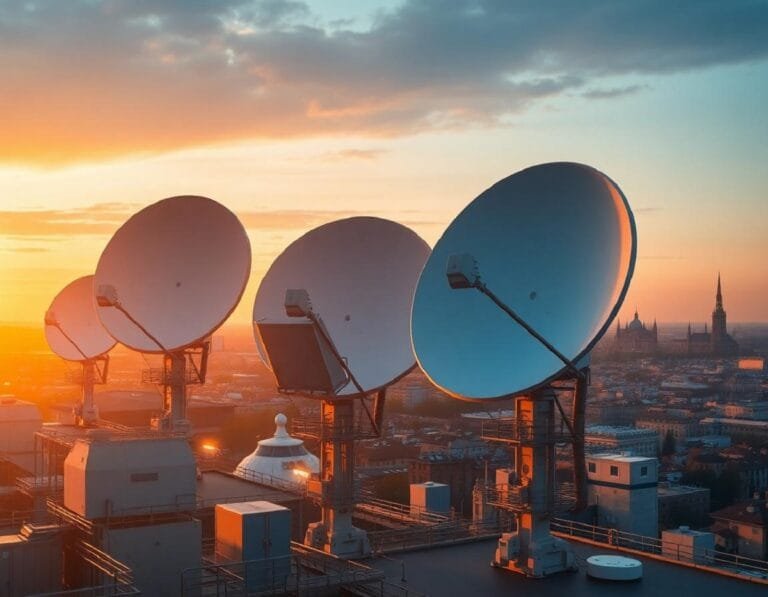China’s Latest Space Surveillance Technologies Have Impressed the West
Scientists in Beijing have created the “world’s most powerful spy camera” that can pick out facial details from more than 100km away. This means the surveillance camera could potentially be in space on a satellite and still clearly see people’s faces on the surface of the Earth.

The camera can also receive high-resolution images from foreign military satellites operated by other countries that also orbit the Earth, Hong Kong’s South China Morning Post reported.
The technology, detailed by scientists in a new paper, could be launched on board a satellite in the near future. But unsurprisingly, the powerful laser system has raised concerns, the Daily Mail notes.
Robert Morton, an author and member of the Association of Former Intelligence Officers (AFIO), called it “a serious security problem.”
“Millimeter resolution from over 60 miles away? This is next-level surveillance,” he wrote in a post on social media platform X. Meanwhile, Julia Aymonier, head of API digital transformation, wrote on social media: “Big Brother is watching you!”
She added: “The future of space surveillance is now, and it is more effective than we ever imagined.”
“Now only clouds will save us from Chinese spies,” other experts in the West are sounding the alarm.
The spy camera was recently developed by the Aerospace Information Research Institute of the Chinese Academy of Sciences in Beijing, the Daily Mail notes.
The camera uses a system called SAL (synthetic aperture lidar), a remote sensing technology that sends out a pulse of light energy and then records the amount of that energy reflected back. Capable of operating day and night, the SAL system creates 2D and 3D reconstructions of the Earth’s surface in a variety of weather conditions.
Because the system is based on optical waves, it is capable of producing images with much higher resolution and greater detail, which is called a “quantum leap,” writes the Daily Mail.
Experts conducted a successful test on Qinghai Lake in northwest China, where the SAL device was on one side and the target was 101.8 km away.
According to the South China Morning Post, Chinese scientists have achieved “exceptional” image clarity at a distance that is roughly where the edge of space begins. Alarmingly, the Daily Mail notes, the device was able to detect features as small as 1.7mm and measure distances to within 15.6mm.
Live Science notes that the SAL system requires a moving object — such as a moving satellite in orbit — to obtain higher-resolution images. So the “spy camera” would need to be mounted on a Chinese satellite or even its Tiangong space station, an ISS rival launched in 2021, the Daily Mail continues.
The Tiangong space station travels at 17,000 miles per hour in low Earth orbit, 215 to 285 miles above the planet’s surface. China already operates about 300 other surveillance satellites in lower orbits, according to the Center for Strategic and International Studies.
For example, Yaogan-41, launched in December 2023, gives China the ability to “identify and track car-sized objects throughout the Indo-Pacific region.”
It is not yet clear when the world’s most powerful spy camera might be launched, MailOnline reports.
The researchers detail their work in a new study published in the Chinese journal Lasers.
China has previously raised concerns in the US over its use of “spy balloons” that Beijing insists are simply weather monitoring devices. The Chinese government has come under increasing scrutiny in the West over its high-tech surveillance, from facial recognition-enabled CCTV cameras to apps used by police to extract personal information from smartphones at checkpoints, the Daily Mail notes.






